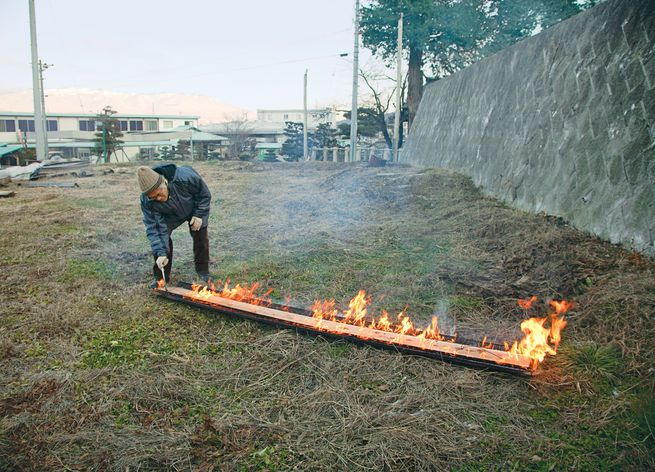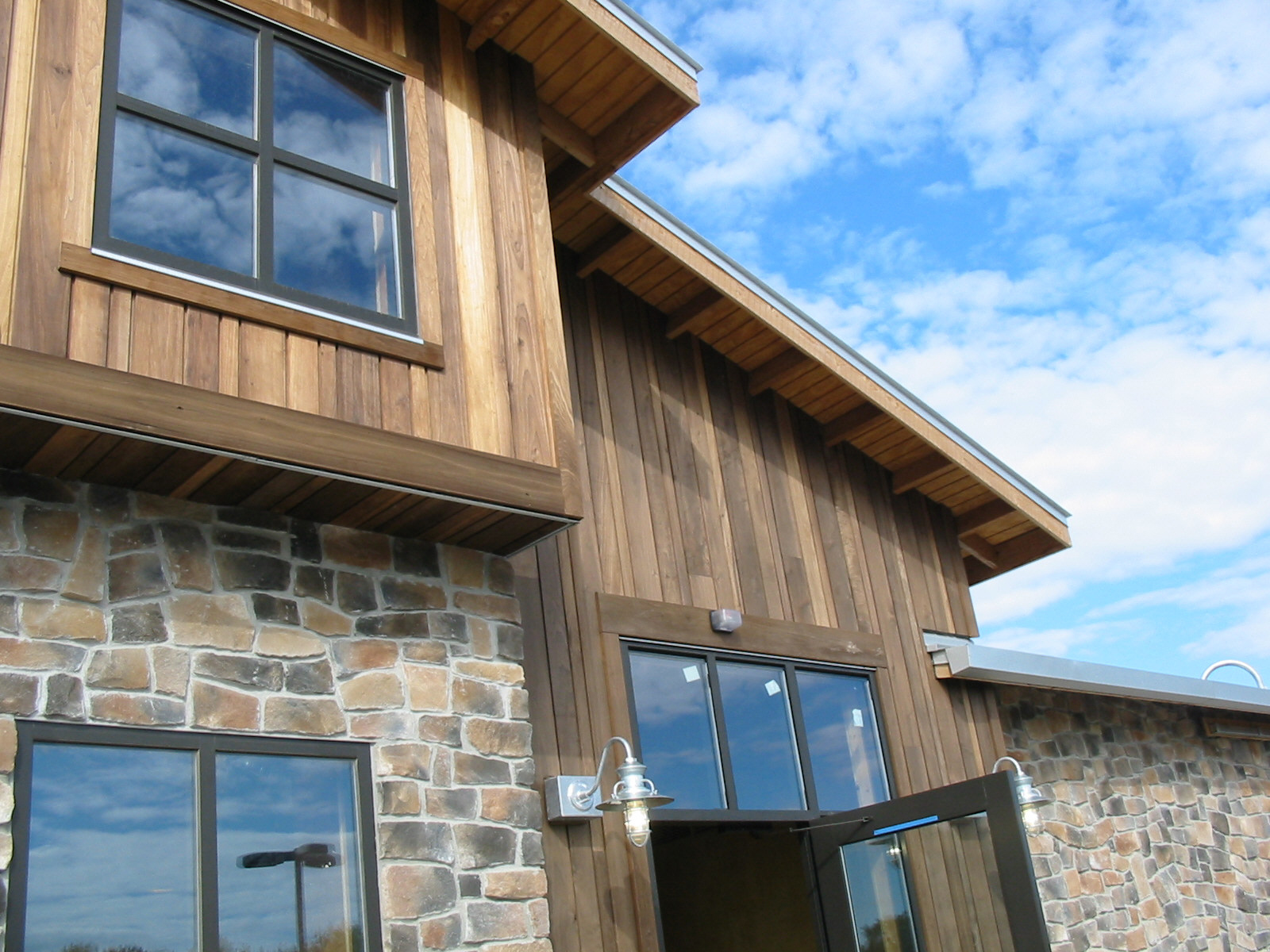For many ages wood has been a top product of choice for architecture, woodworking, carpentry, and outdoor projects. As wood became increasingly in demand, the worldwide logging industry had to adapt and develop new forestry methods to accommodate the influx of lumber needs and transportation of goods. For a time, forests were poorly managed and harvested much too quickly, resulting in unhealthy trees. Thankfully, conservationists and scientists have since taken precautions and developed new forestry methods to protect our forests. Our forests are now stronger than ever and timber is once again one of the most renewable building products.
Looking even more closely at the history of lumber reveals an interesting trend of not only preserving the resource and bettering the industry, but actually modifying the lumber to make it more powerful. Over the years, cultures have tried various heat-based techniques to adapt wood and make it more beneficial for their building needs. Two of these techniques in particular are the traditional Japanese technique of Shou Sugi Ban and modern day Thermally Modified Wood, like Cambia. While they both use heat for modification, they are very different in process and final product. With the recent rise in usage of both techniques in the United States, let’s take a look at how they compare.
No. The process of thermally modifying wood changes the physical properties of the entire piece of lumber the whole way through the board, while Shou Sugi Ban treats only the surface of the lumber.
Both techniques change the physical properties of the wood without using any chemicals. Thermally modified wood products are treated with high heat in an enclosed area to drastically reduce moisture content which provides many different benefits. Shou Sugi Ban utilizes flame to burn the surface of the wood leaving a charred texture on the lumber which also results in a number of benefits.

The benefits of thermally treated wood by Cambia include resistance to decay and insect infestation, a longer lifespan than untreated wood, a reduction in warping due to climate changes, and features a naturally beautiful finished color.
Shou Sugi Ban’s benefits also include insect and decay resistance, an aesthetically pleasing appearance, and (according to some studies) may increase flame retardant properties.
Yes. Thermally Modified Wood and Shou Sugi Ban have very different visual results. Thermally Modified Wood boasts a beautiful color that varies depending on the species. Colors range from smooth caramels to rich chocolates that are consistent through the entire board. The traditional Shou Sugi Ban technique gives a charred surface finish that, depending on the species, can have a varied range of darks and lights in the grain of the wood.
However, some modern day mills have their own Shou Sugi Ban inspired charring processes that include stains being added to create some surprising color options including blues, pinks, limes and oranges.

Cambia Thermally Modified Wood features Poplar and Ash lumber. These local species were specifically chosen by Cambia due to their fast growing nature and versatility in architectural projects, however many different species can be used for Thermally Modified Wood. Traditional Shou Sugi Ban uses Japanese Cedar. Today, mills that have their own modern Shou Sugi Ban processes tend to use a variety of species.
Thermally Modified Wood as we know it today is still relatively new to the United States but has been used in other countries around the world for a few decades. Traditional Shou Sugi Ban has roots that could be dated back to the 1700s in Japan. However, some modern mills have recently developed techniques that are inspired by traditional Shou Sugi Ban and have similar results.
Though Cambia Thermally Modified Wood and Shou Sugi Ban both strive to make wood better, you can see from this comparison that they are not the same. However, we are proud to be making history by being part of such a large community of people who are striving to preserve, protect, and further the lumber industry.
Further reading:
What Is The History Of The ‘Shou Sugi Ban’ Charred Wood Treatment?
Back To Posts